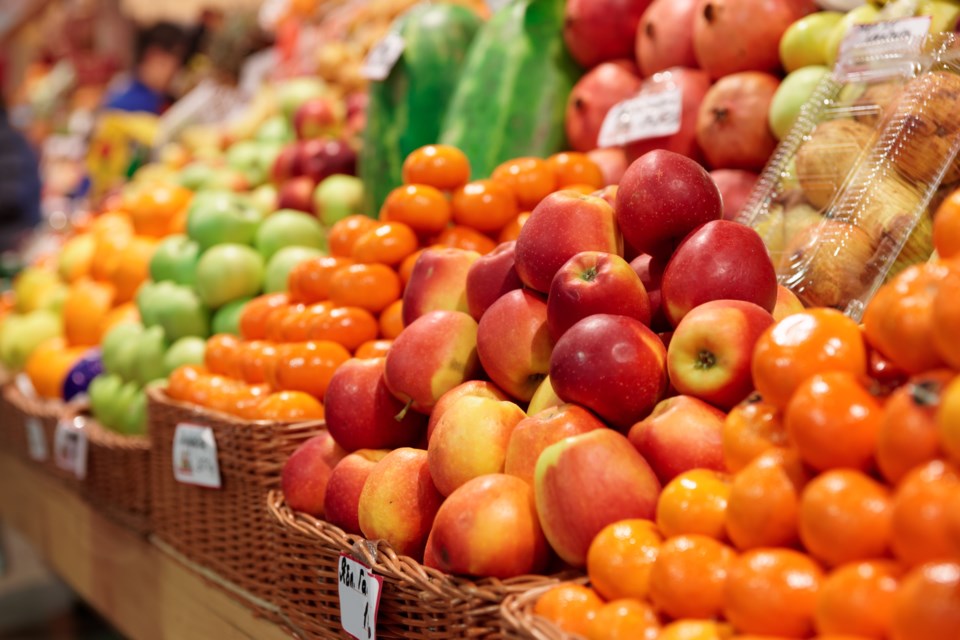Food waste is a problem at the best of times, but The Fraser Valley flood of two years ago exposed the vulnerability of our local food system. The problem is we live in a linear - not a circular - food economy, one that focuses on lessening waste at all levels from production to transportation to consumption of food.
Our old wasteful ways need to change. Short of a societal sea change in our relationship with food, it will be up to individuals to change.
Here are a few ways to mitigate food waste in your life.
Mindfulness among the veggies
This will sound weird to some of you, but next time you’re buying a pepper or an apple, take in the colours, the scents, even the feel of the food. Take a moment to acknowledge where the food came from, how it is to be cooked, and even where you will enjoy its flavour. The Canadian Food Guide says that a mindful approach will help you “create a sense of awareness around your everyday eating decisions.” This connection will give you a greater appreciation for your food, allowing you to make better decisions, like buying healthy snacks and reducing impulse buys.
Buy local
The berries, spuds, and other produce that come from a local farmer have a smaller carbon footprint than their equivalent trucked in from Ontario or the USA. Local producers use fewer chemicals and fertilizers in their operations. That’s a health perk to both you and our atmosphere.
Also: Buy Seasonal. Sure it’s great to buy a mango year-round, but that doesn’t mean it’s a good practice. Year-round food requires tremendous amounts of energy to be grown, so even before stock has shipped, it has already pumped out a load of carbon. Produce that journeys far and wide to get onto Canadian grocery shelves comes with excess packaging to halt damage during transport. When we buy local and seasonal, we avoid all of that energy and packaging waste.
DIY food
Not only is home cooked food healthier but if properly stored, the hearty stew or chili you make this weekend can sustain you longer than any canned variant. Homemade breads, while laborious, taste sweeter, too. Of course, there is a lot of privilege to be able to make or grow your own food. Try to make something within your means. A vinaigrette or soup base, potato chips, or fresh salsa are easy options. Better still, no packaging means no waste which means no excess emissions.
Food recovery
Canadians are putting millions of tonnes of edible food into the trash each year. Food production and transportation is always going to carry some cost in terms of carbon footprint. However, wasted food is wasted energy; so the energy required to get oranges, corn chips, or olives onto a store shelf in East Vancouver is also wasted. But there’s an even worse fallout: landfills full of wasted food create high levels of methane, a key GHG in climate change.
The food recovery hierarchy provides a sensible solution in the form of food redistribution. This gives food at risk of being thrown away a new life at discount food markets. Remember that the next time you buy a case of chickpeas at Costco. You can also donate food to nonprofits and charities. One family's leftovers could be another family's main course.
A reduction in food waste means fewer greenhouse gas GHG emissions, reduced carbon footprints, and more food going to where it is needed - hungry bellies. And that feeling of spending money wisely? Priceless.





